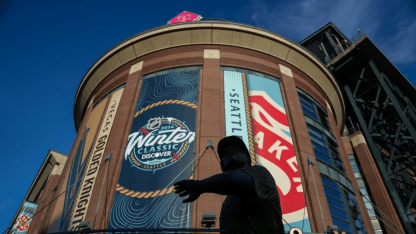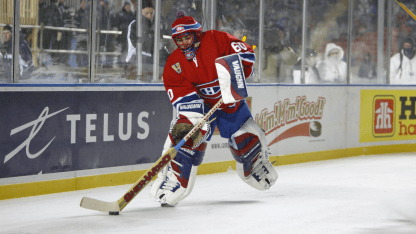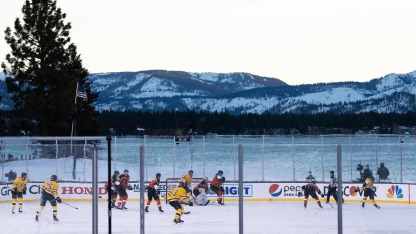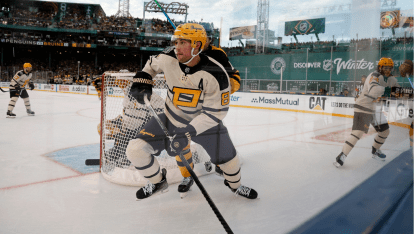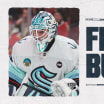For many a hockey player, the roots of loving the game are grounded in playing outdoors – whether it was on a backyard or neighborhood pond, a flooded lot, or a homemade piece of ice. Sustaining that identity has always been something the NHL has front of mind and that contributed to the creation of now iconic events like the Winter Classic.
Here’s how the series came to be.
Playing official games outdoors started sporadically at first. Going back to the 1950s, a few teams played exhibition games outdoors, but it wasn’t until 1991 when the first NHL-sanctioned contest between two league teams was held in the open air. Playing on a rink constructed in the Caesars parking lot in Las Vegas, the Los Angeles Kings beat the Rangers 5-2.
That game was just a singular event, but 10 years later, the league decided to launch the Heritage Classic – the name tied to the origins of the game being played outdoors. When the puck dropped between the Edmonton Oilers and Montreal Canadiens on Nov. 22, 2003, it marked the first-ever NHL regular season game played outside.

